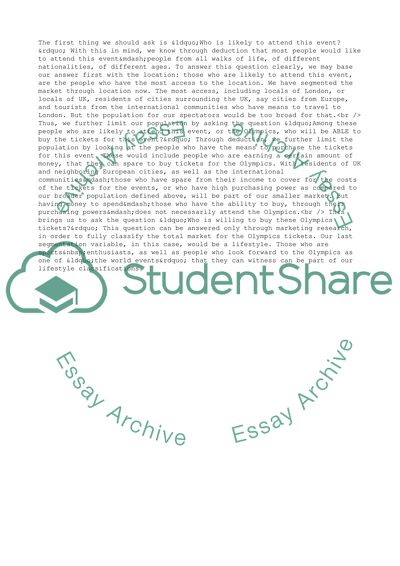Cite this document
(Key Characteristics of Management of Olympics Assignment, n.d.)
Key Characteristics of Management of Olympics Assignment. Retrieved from https://studentshare.org/management/1715502-process-centred-management
Key Characteristics of Management of Olympics Assignment. Retrieved from https://studentshare.org/management/1715502-process-centred-management
(Key Characteristics of Management of Olympics Assignment)
Key Characteristics of Management of Olympics Assignment. https://studentshare.org/management/1715502-process-centred-management.
Key Characteristics of Management of Olympics Assignment. https://studentshare.org/management/1715502-process-centred-management.
“Key Characteristics of Management of Olympics Assignment”. https://studentshare.org/management/1715502-process-centred-management.


